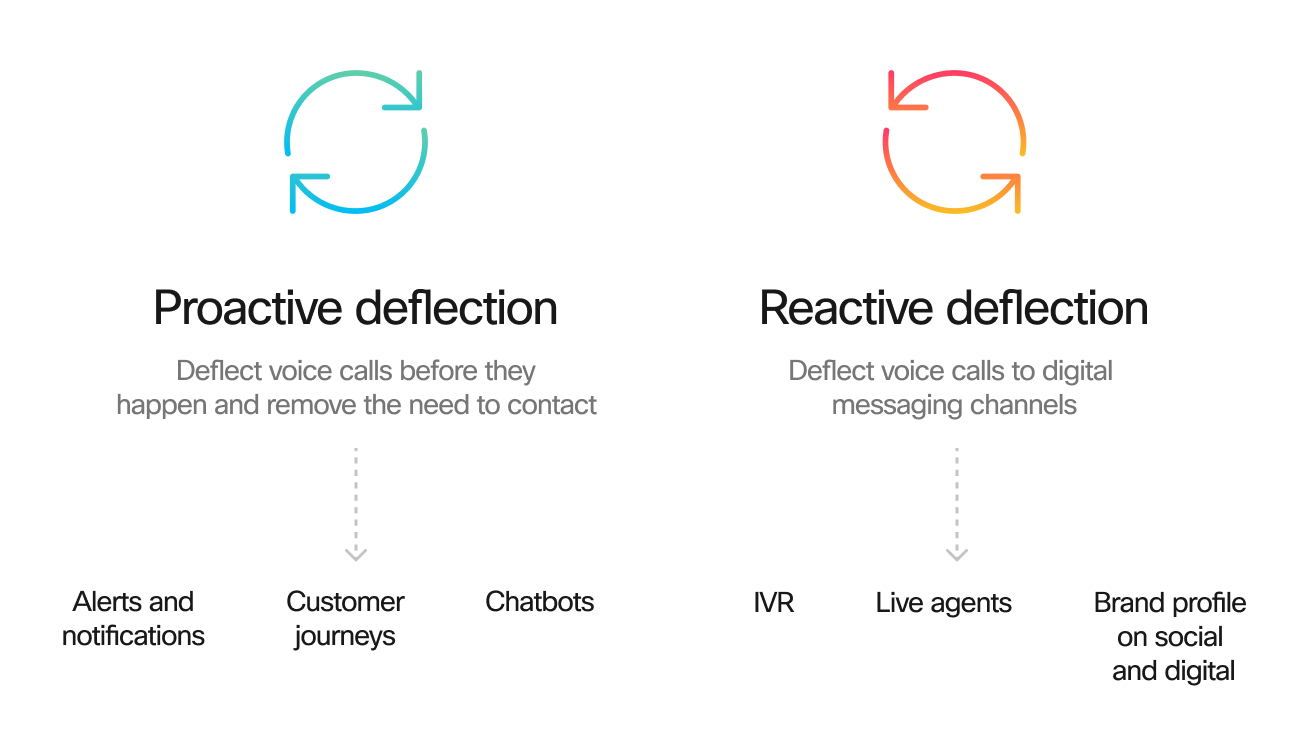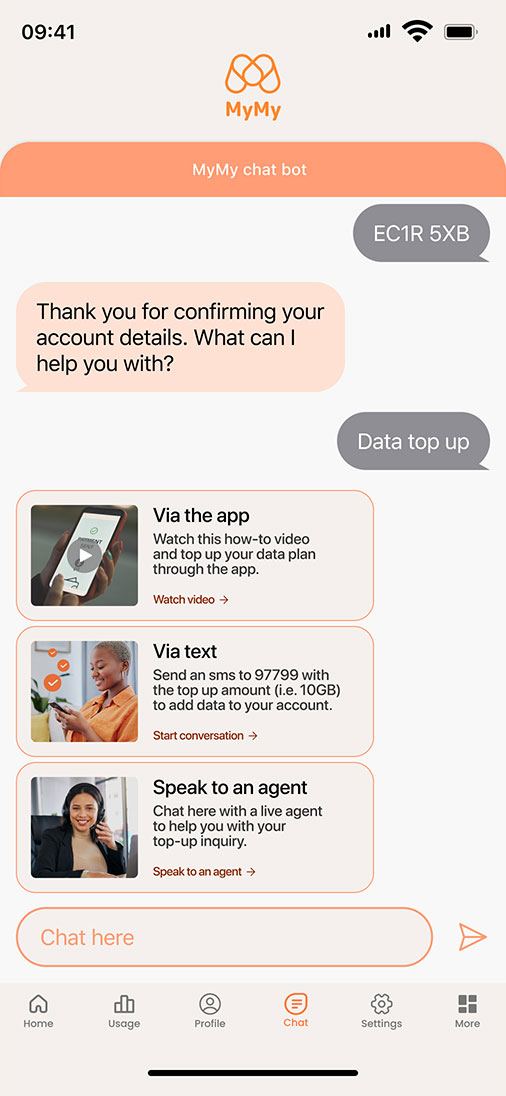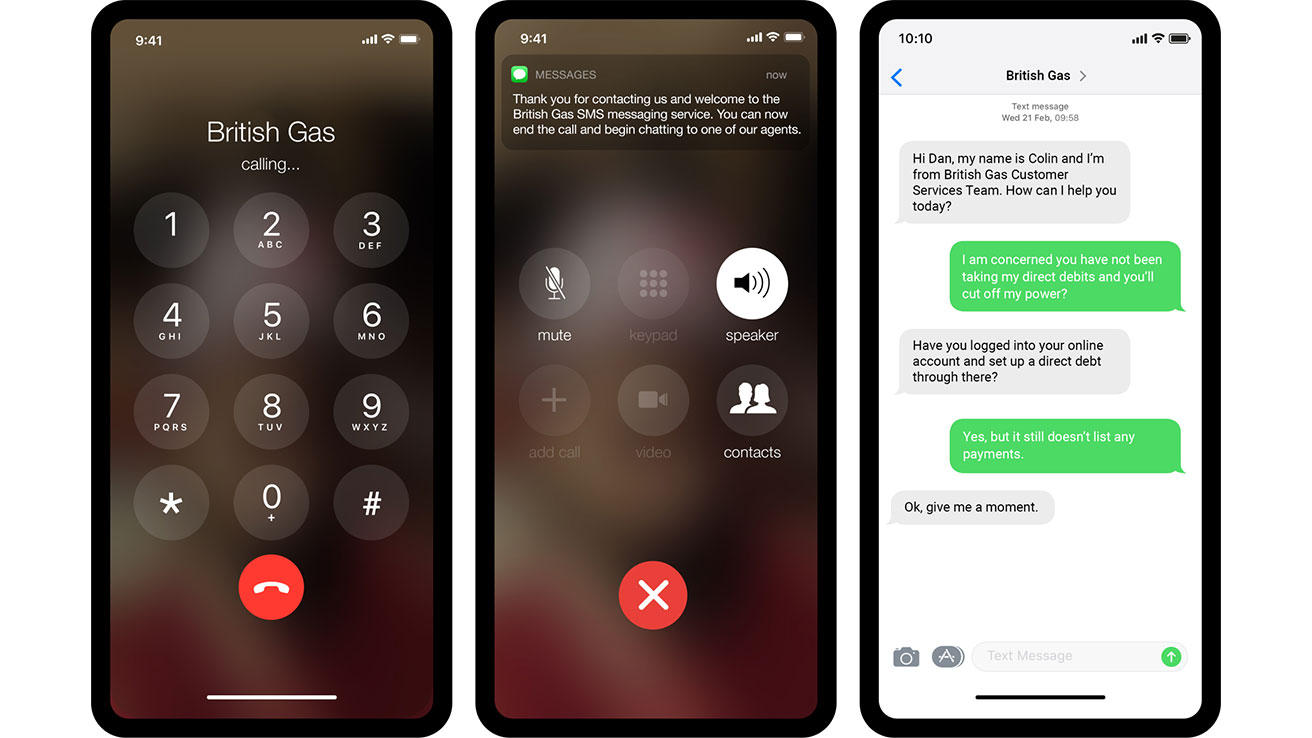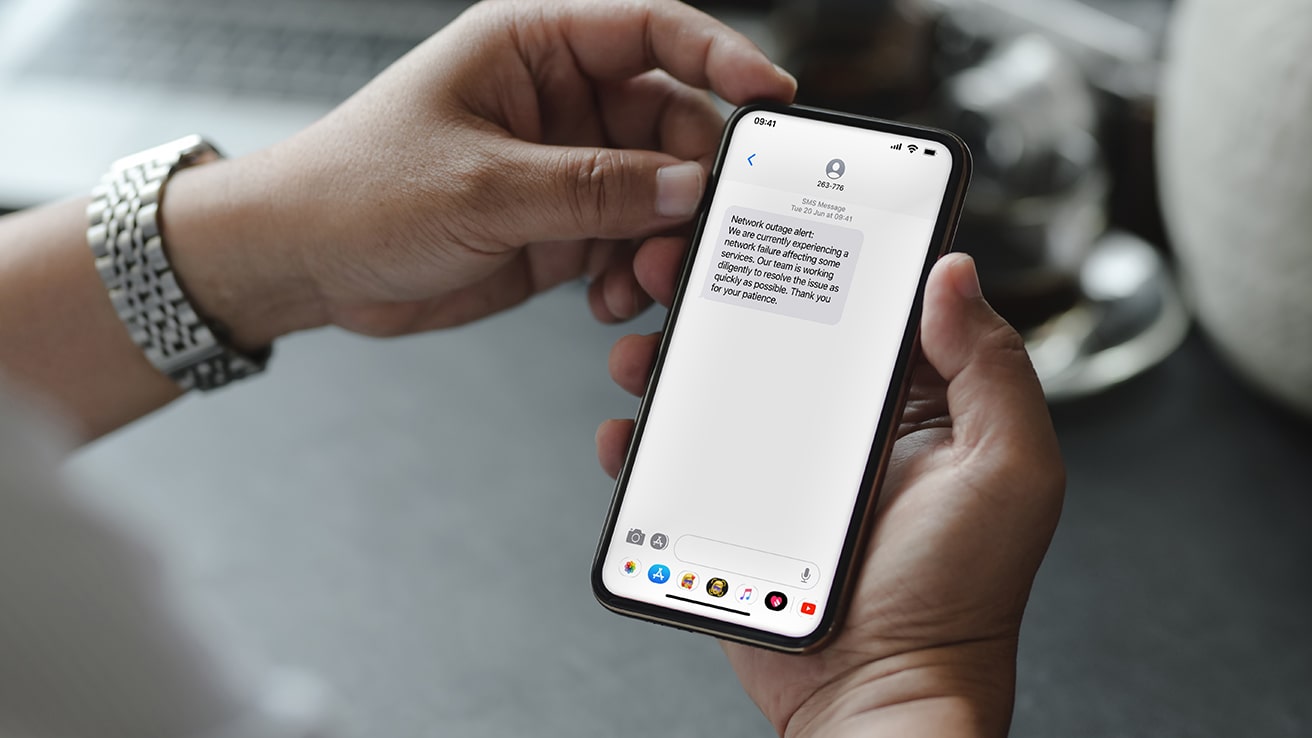Call deflection tactics in an evolving AI world.
Businesses are increasingly turning to innovative call deflection strategies powered by artificial intelligence. We will delve deeper into these methods, and explore the best practices for elevating the overall customer experience.
Contents
Gartner suggest that over 40% of today’s call center volumes could be diverted to self-service channels while IBM states that AI-powered chatbots can be instrumental in saving customer service costs with faster response times, enabling agents to attend to more challenging work, and answering up to 80% of routine questions.
Call deflection, used in combination with automation and AI, empowers you to manage your call volumes efficiently while delivering seamless and impactful customer service. In fact, 67% of customers would prefer to self-serve instead of speaking to a company representative – but here is the catch. When customers can’t find the answer quick enough, they will end up calling your business. So, brands who fail to meet customer expectations through self-serve, will inevitably invest in large contact center teams to help solve the problem.
What type of call deflection strategy should businesses adopt to avoid this cycle? And what’s the impact on CX and contact center call volumes? Let’s take a look.
What is call deflection?
Call deflection diverts incoming customer inquiries away from traditional support channels (like phone calls) towards alternative self-service options. The goal is to help customers resolve their inquiries first, without needing to directly speak to an agent to support call volume reduction. There are variety of ways a business can deflect calls using these methods.
Call deflection tools
Interactive Voice Response (IVR) System
An automated phone system that guides callers through a series of prompts to direct them to the right information or department without needing to speak to a live agent.
Chatbots and Virtual Assistants
AI-powered chatbots or virtual assistants to help with common queries. These can be integrated into various messaging channels, apps and websites.
Self-Service Portals
Resource portals with commonly asked questions, tutorial information and general guidance on service information.
Proactive Communication
Notifications, updates, or alerts to provide necessary information or address common issues, so customers can stay actively informed.
67% of customers would prefer to self-serve instead of speaking to a company representative.
Effective call deflection strategies for success
Proactive and reactive call deflection strategies can be seamlessly integrated into your call center deflection process to deliver effective and efficient customer service whilst reducing calls.
Proactive call deflection: Begins with pre-empting customers’ needs and reaching out to them using interactive channels to communicate availability and service updates.
Reactive call deflection: Allows for customers to choose an alternative channel of communication once they have called the business.

Proactive call deflection strategies
Proactive call deflection, when combined with automation, allows customers to operate in a self-serve mode where they can resolve their inquiries.
Keep customers informed of your working hours, the ability or inability to deliver certain services and the suggested alternatives wherever possible.
Reduce calls with automated proactive alerts on the status of your services.
Enable customers to have a more conversational experience while getting to a resolution faster with AI-powered chatbots.
Expedite issue resolution speed with automated FAQ bots that can predict the nature of an inquiry using natural language processing.
More complex and urgent queries can be seamlessly directed to a human agent who can resolve via live chat or a voice call. It also allows the agent to handle multiple queries simultaneously as opposed to addressing requests on calls, sequentially. This not only increases agent productivity but also reduces your cost to serve.
Reactive call deflection strategies
Reactive call deflection allows your customers to drive the interaction on the channel of their choice once they have contacted your business. Offering customers an option to engage on alternative channels allows them the flexibility to resolve the issue in self-serve mode. They can also be directed to an agent over interfaces like web chat or live chat for further real-time assistance. Let's take a look at a couple of call deflection examples.
Health insurance provider
In this instance, the health insurance call center can’t take on general claim enquiries due to limited agent resource.
Customer: Calls the healthcare provider to follow up on the status of their claim following a recent injury.
Healthcare provider IVR: Through a series of automated yes/no questions via voice recognition or keypad input, an overview of the claim, its status and resolution dates are shared. On top of which additional self-serve resources are highlighted to the customer:
The healthcare claim portal
The healthcare app
The FAQ page on the website
Telecommunications operator
Customer: They connect with a chatbot on the operator's app and ask how to top up their data plan.
Telecommunications operator IVR: Chatbot asks a series of security questions, before providing the customer with some options on how to top up their data plan:

Via the app: With the help of a video or a step-by-step guide, the chatbot shows how the customer can top up their data plan through the app.
Send a text: The customer can send a text message to a specific number which will top up their data plan.
Chat to an agent: A chatbot can automatically connect the customer with an online agent.
In both cases, the customer is given the option to help resolve their issues before speaking to an agent. Identifying the nature and urgency of inquiries that can be handled in self-serve mode through AI-powered chatbots or by a human agent is a crucial step that supports the process of reactive call deflection techniques.
Learn how to harness the potential of digital channels within our CPaaS platform to deflect calls towards more efficient messaging avenues.
Call deflection success stories
Hear from some of our customers who used call deflection techniques to reduce calls and improve their overall customer experience.
NHS Cambridge University Hospitals: With a disjointed reminder process, staff had to call patients individually about canceled clinics or to fill last-minute slots. They sent a conversational reminder text, which patients were able to confirm, cancel, or rebook their appointment without having to call the hospital. If the text message failed to deliver, Webex Connect automatically generates an IVM to those patients.
Resulted in a 27% decrease in missed appointments, which helped the Trust have one of the lowest DNA (Did Not Attend) rates in the country.
Centrica: a leading utilities provider receives over 9 million customer calls every year. Customers would often be frustrated by long queue times during peak hours as voice was the main support channel. Centrica implemented contact centre call deflection by using Webex Connect and Webex Engage. When a customer calls them, they are offered the option within the IVR flow to switch their interaction to WhatsApp or SMS channels.

This significantly reduced the number of inbound calls answered by agents, with 5% of customers deflecting to WhatsApp with an increase in their net promoter scores.
Call deflection for a more customer centric experience
In a more digital, self-serve world, deflecting calls creates a more accessible customer experience by dealing with customer inquiries digitally instead of on the phone. This not only benefits the business operationally, but also improves agent satisfaction and overall CX.
A better customer experience
Quick support - Spare customers from lengthy hold times by redirecting them to alternative channels where relevant information is provided. Saving time and improving customer satisfaction.
Media sharing - Sharing of files, media and resources is now made a lot easier through digital channels. Customers are able to look at live sources shared instantly, making it more likely to resolve their inquiry in one touchpoint.
Flexibility - From texts, social channels, app support to email; call deflection gives customers the flexibility to choose their preferred medium of interaction.
Digital transitions - Seamless transitions between platforms maintains the context of the conversation, which means customers don’t need to re-explain their issue each time.
Improved agent satisfaction
Prioritization - Routine queries redirected through call deflection, agents can focus on handling complex and challenging issues.
Workload - Reduce calls with automation means a reduction in workload, alleviating stress on call center agents and creating a more relaxed and conducive work environment.
Engagement - Repetitive inquiries handled through self-service and automation, agents have more time to engage with complex calls which boosts employee fulfilment.
Call deflection best practices to stay on point
One of the most common problems with trying to reduce calls through call deflection techniques is by endlessly transferring the customer’s query to a different channel or self-serve option - without answering their question. Even worse, you aren’t able to offer a solution with no option for the customer to speak to an agent as a fallback. As a matter of fact, 40% of customers still call in after they have looked for an answer through self-serve options.
So, how do you avoid falling into this trap? It’s not easy, but with the best practice call deflection techniques you can get on the right path.
1. Resource center
Develop a bank of resources, from troubleshooting tips, FAQs, tutorial content and more. Catering for different learning styles, these should cover a wide range of topics and be kept regularly up to date.
Make sure they are:
Easily searchable
Simple to navigate
Available in multiple content formats
2. Proactive notifications
Prevent that unnecessary support call that could be resolved quickly by sending an SMS message to keep your customers informed. Use email campaigns to address common issues or based on user preferences. In-App notifications or alerts to inform users about system updates, known issues, or important announcements that may affect their experience can be helpful.

3. Troubleshooting
To quickly help customers reach a solution as well as understand why you are unable to provide an answer, develop well thought out, interactive decision trees. The output of these can come later. Ultimately it comes down to the question and response led framework that underpins how successful your self-serve options are.
Include a feedback mechanic within interactive troubleshooters to collect user data input on the effectiveness of the solution given and continuously refine until you get it right.
4. Agent training
Keeping agents up to date on the latest product information can help solve customer queries faster, and support the overall business strategy. We recommend:

Conducting regular training sessions, focusing on products, features, and common customer pain points.
Knowledge sharing across teams.
Using agent insights to develop new self-serve content.
5. Analyse KPIs
Define what your key performance indicators are for your call deflection strategy and review them on a weekly/monthly basis. Maybe you want to improve your call deflection rate, your customer satisfaction score or monitor speed of first-time resolution rates (FTR). Monitor these metrics closely to understand effectiveness, further optimize if needed and repeat.
Your solution in one platform
Customer self-service, proactive notifications, and messaging with a human agent on a customer’s preferred messaging channel is a contact center must-have. Call volume reduction will help you resource agents more efficiently whilst driving down operating costs, but you will also improve your customer service experience drastically. Webex CPaaS Solutions is here to help.
Get in touch with us today to find out how we can help deliver a better customer service experience.